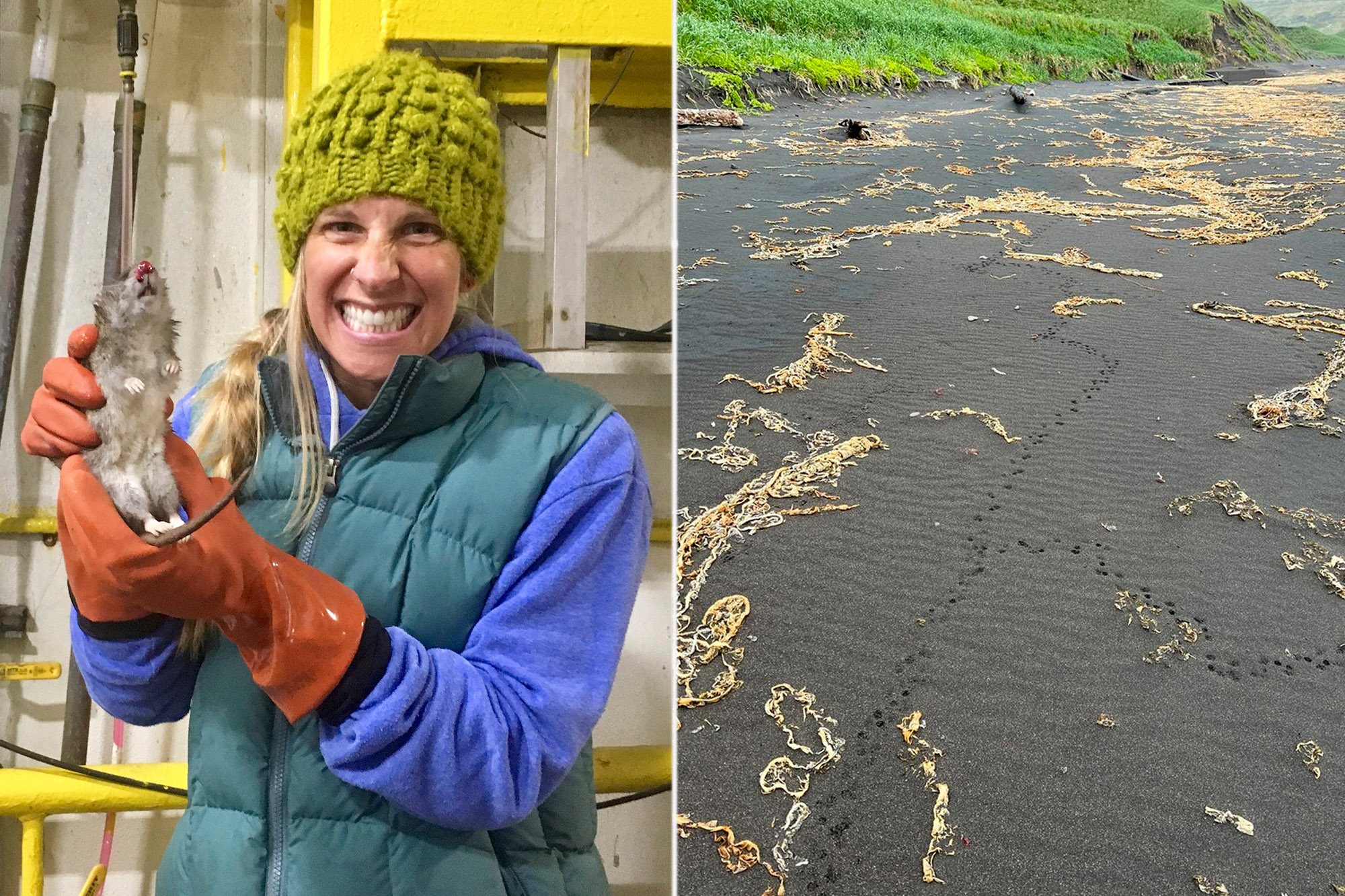Oh, rats!
A tiny Alaskan island known as the “Galapagos of the North” with a population of just 350 is in a panic over a singular rat that may not even exist.
Residents of the St. Paul Island in the Bering Sea have been on the hunt for the potential rodent for roughly three months after a local reported possibly catching a glimpse of a rat in June.
A view of St. Paul Island, Alaska, known as the “Galapagos of the North.” AP
Rats don’t exist on the remote island, which is part of the Pribilof Islands. The introduction of the animal — which may have hitched a ride on a plane or boat — could set off a chain reaction that would endanger its thriving seabird population which has made St. Paul a worldwide birding destination.
“It’s just the abundance of wildlife that we hear stories or read historical accounts of, but really seldom see in kind of our modern age,” said Donald Lyons, director of conservation science with the National Audubon Society’s Seabird Institute. “And so [St. Paul] really is a place where I’ve felt the wonder, the spectacle of nature.”
Rats, which reproduce rapidly, have taken over other remote islands and obliterated their bird populations as the rodents feast on bird eggs, chicks and sometimes even adult birds.
“We know — because we’ve seen this on other islands and in other locations in Alaska and across the world — that rats absolutely decimate seabird colonies, so the threat is never one that the community would take lightly,” Lauren Divine, director of the Aleut Community of St. Paul Island’s ecosystem conservation office, told the Associated Press.
Once the rats take control of an island, it often takes millions of dollars and several years to exterminate them all — and then several more years for the bird populations to come back.
Lauren Divine, director of the Aleut Community of St. Paul Island’s ecosystem conservation office in Alaska, holds the last rat known to have been on St. Paul Island after it was found dead. AP
Though the resident isn’t 100% sure they saw the whiskered pest, the wildlife officials have been setting up elaborate traps to try to find it.
After searching low and high for any signs of the possible visitor — droppings, tracks or gnaw marks — the officials put out traps baited with peanut butter, wax “chew blocks” and trail cameras to try to catch it. The “chew blocks” mark any bites from rats and are created with ultraviolet material that makes the rat’s droppings glow under black light.
In the roughly three months of searching, the officials have seen no sign of the possible rodent.
Residents of St. Paul Island in the Bering Sea have been hunting for the potential rodent for roughly three months after a local reported possibly catching a glimpse of a rat in June. AP
The search is like looking for a needle in a haystack when you don’t know if the needle even exists, Divine said.
St. Paul has an existing anti-rat border patrol system in place at its airport and developed waterfront areas to kill any rodents that hitch a ride to the island before they can get far.
But one got through the tight security in 2018 and evaded capture for 10 months before it was eventually found dead.
With Post wires
Checkout latest world news below links :
World News || Latest News || U.S. News
The post Tiny Alaskan island known as the ‘Galapagos of the North’ in panic over possible rat sighting appeared first on WorldNewsEra.

